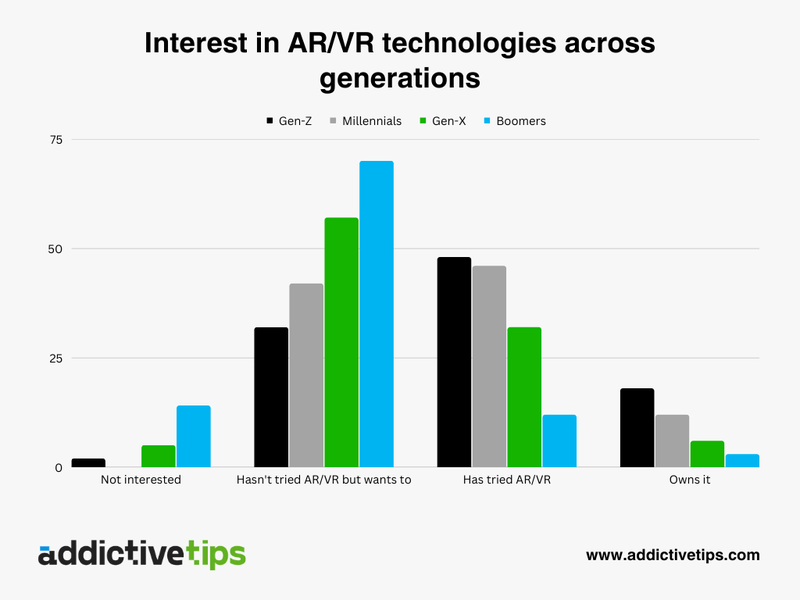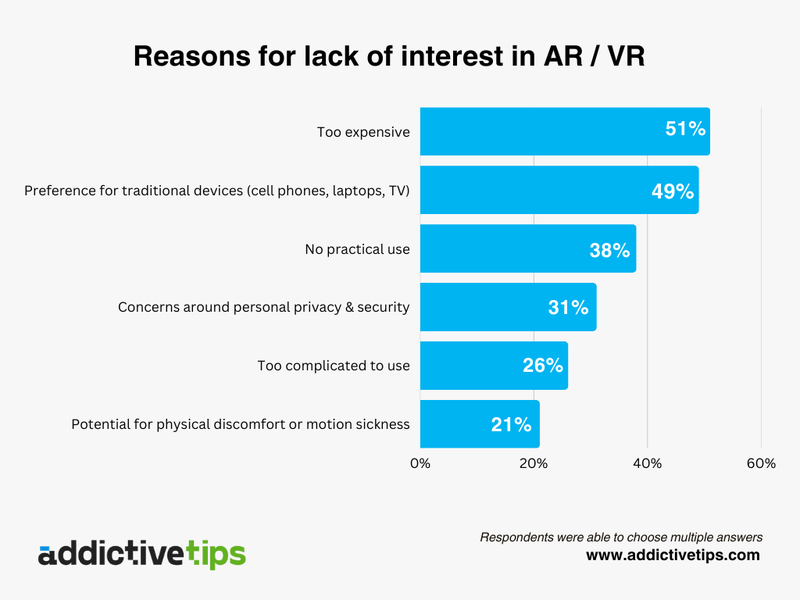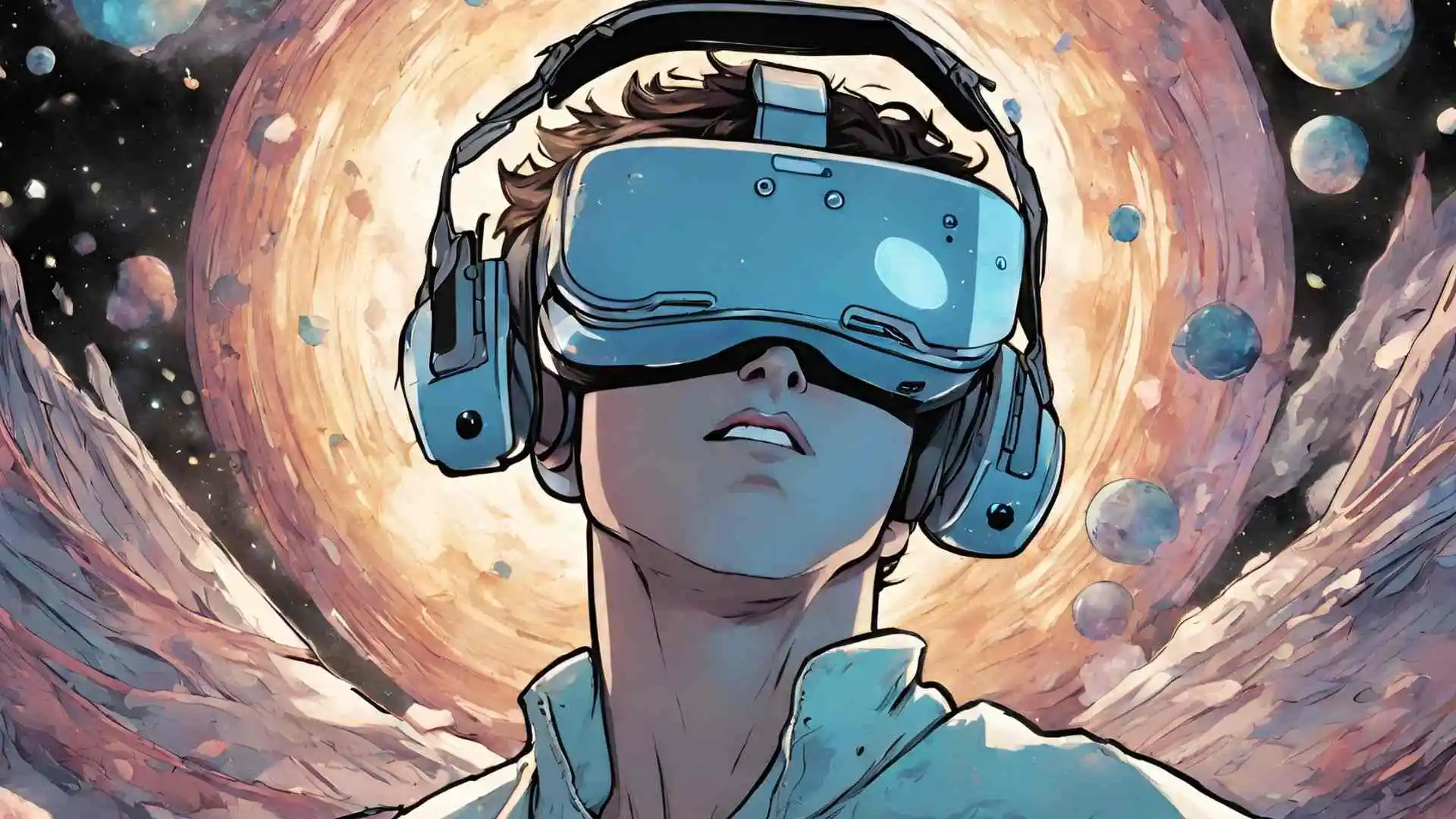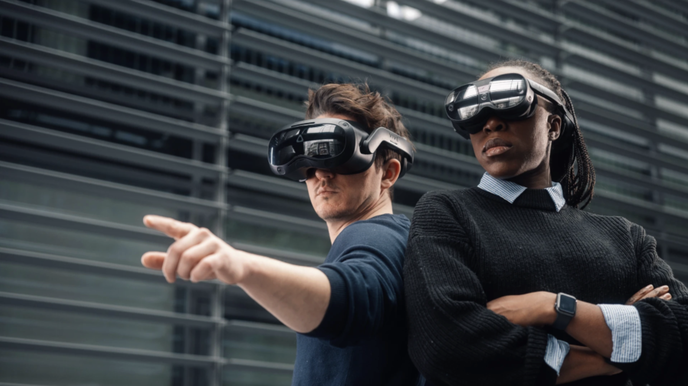You might already know that extended reality (XR) includes immersive technologies like virtual reality (VR), augmented reality (AR), and mixed reality (MR). But who are the primary users of these technologies, and why haven't more people adopted them?
A recent survey conducted by AddictiveTips may have the answers. In the survey, as many as 95% of respondents stated that they had either already tried VR/AR or strongly desired to (MR was not specifically addressed in this survey). About 46% of respondents indicated that they had already used VR or AR, with 10% even owning XR devices themselves.
This survey was conducted on 1,500 US residents, covering different age groups, occupations, and backgrounds. The purpose of the survey was to understand the general public's thoughts and feelings towards VR and AR, as well as evaluate their preferences and usage of these technologies.
Different generations' perspectives on VR and AR technology
Generation Z and millennials
These two younger generations make up the primary users of XR. They are curious about new technologies and seek new experiences in gaming, entertainment, and social interactions. Among those surveyed, 18% of Generation Zers and 12% of millennials owned VR or AR devices; 48% of Generation Z respondents had previously experienced these technologies, while 32% expressed interest in trying them.
Generation X
Respondents from this generation also showed a considerable level of interest in VR and AR. Almost a third of Generation X respondents (32%) had used VR or AR before, while 57% said they'd like to try them. This indicates that Generation X is still catching up with the development of extended reality devices.
Baby boomers
Although baby boomers had had less prior exposure to VR/AR, with only 12% stating that they had experienced one of these, a significant 70% expressed interest in trying XR technologies. This open attitude demonstrates their willingness to bridge the gap with younger generations and explore new possibilities.

Five challenges faced in the adoption of VR and AR
Despite the innovative aspects of XR technologies, a few challenges stand in the way of their widespread use and acceptance across generations.
Price considerations
Over half (51%) of respondents expressed interest in XR technologies but had not yet tried them, mainly due to high product prices and a lack of opportunities to experience them. For example, only 3% of respondents were willing to pay the full amount required for the Apple Vision Pro, which is priced at $3,499. Perhaps more respondents would have accepted a mixed reality headset available at less than half that price.
Preference for traditional devices
About 49% of respondents had a higher preference for technologies or tools they were already familiar with and relied on (e.g., smartphones and laptops), and held doubts about or resistance towards new technologies. The survey also revealed that 26% of respondents found these new technologies too complicated to operate, especially older individuals who may need more effort in setting up and using VR/AR devices. It's good news, no doubt, that modern standalone VR headsets require minimal setup.
Perceived lack of practicality
While VR and AR have been widely applied in professional fields, their use in everyday tasks still seems a bit unfamiliar to the general public. The survey found that only 28% of respondents believed they might use XR technology for editing images, videos, and audio. Among Generation Z, however, as many as 50% of respondents felt this way, while only 14% of baby boomers did. This shows that Generation Z is more willing to see XR as a productivity tool, while older generations think its use is still primarily limited to entertainment purposes.
Privacy and data security concerns
Users are concerned about how their data might be utilized. They also worry about whether third parties can get access to their data.
Health and comfort considerations
A fifth of respondents expressed health concerns regarding the use of VR and AR devices. Among them, 9% had experienced motion sickness after use, while 11% worried about eye fatigue from prolonged use. Of course, these valid concerns are being addressed in the development of newer VR devices with features like eye comfort mode.

It's clear from the survey that there is a high level of interest in AR and VR technologies and applications among the general population. Although the price of some devices is currently an obstacle to prospective users, we can be sure that there will be more easily accessible products in the future as newer and more efficient technologies are developed.
Perhaps in the near future, schools and offices will widely adopt XR, making VR headsets as common as computers. With technological advancements and an increasing user base, the potential of VR, AR, and MR is becoming more evident, enabling new opportunities and possibilities for creators, businesses, and the general population.




